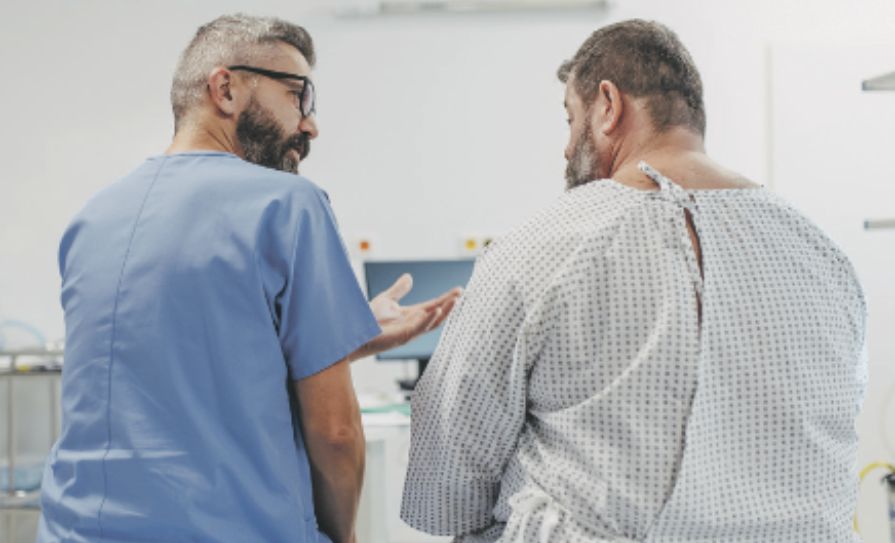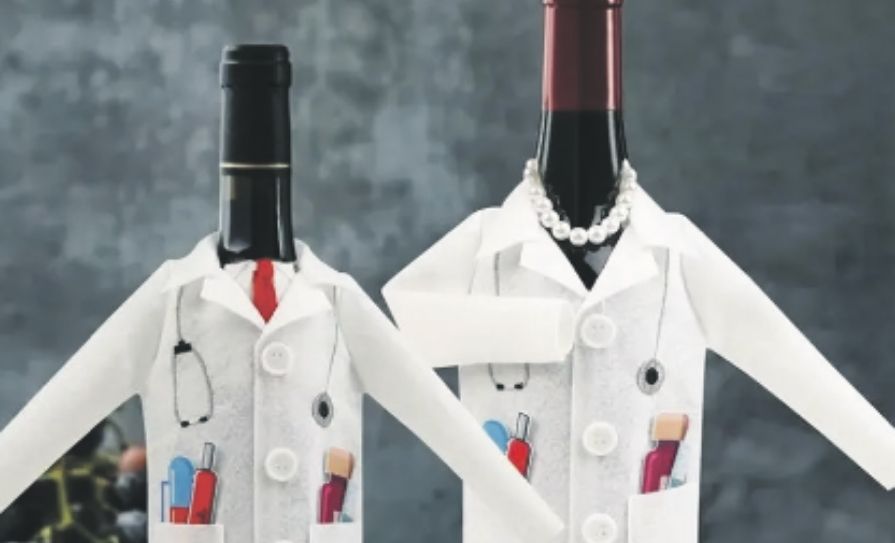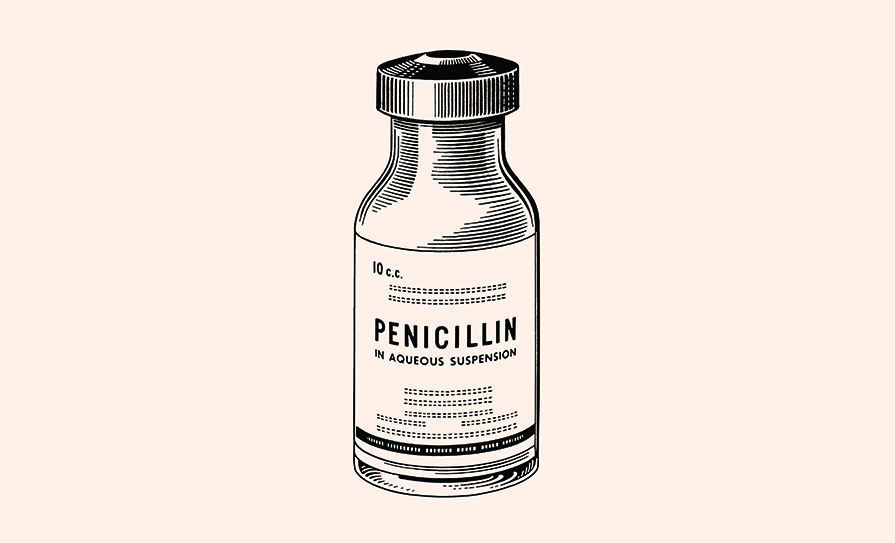<h3 class=”p1″><strong>How to get a head in transplant surgery</strong></h3> <p class=”p2″><span class=”s1″>R</span>egular readers may remember when the <em>Dorsal View</em> reported some time ago on the seemingly hair-brained concept of performing a head transplant. The guffaws rang out for a while before dying down, on the assumption that Italian transplant surgeon Dr Sergio Canavero had been ‘put back in his box’.
<p class=”p4″><span class=”s1″>But Dr Canavero refuses to go away. He has found a willing subject for the procedure, a Russian gentleman named Valery Spiridonov. Mr Spiridonov has Werdnig Hoffman disease, a muscle-wasting condition with a generally grim prognosis. It’s a rare form of spinal muscular atrophy, an autosomal, recessive condition that involves degeneration of anterior horn cells, resulting in profound symmetrical weakness. </span>
<p class=”p4″><span class=”s1″>Dr Canavero admits that there is “a marginal risk”; whether this is a profound understatement or not is another matter, but of course there is a marginal risk associated with any surgical procedure. </span>
<p class=”p4″><span class=”s1″>From Mr Spiridonov’s point of view, the trade-off of risk vs benefit is worth a punt.</span>
<p class=”p4″><span class=”s1″>Dr Canavero, for his part, maintains that the procedure has a “90 per cent chance” of success and many elements of the procedure seem to have an evidence base that suggest there is a chance it might succeed on some level. </span>
<p class=”p4″><span class=”s1″>Consultant Neurosurgeon Mr Matthew Crocker of St George’s Hospital, London, gave a whistle-stop tour of the procedure to UK media. “Excluding blood vessels that supply blood to the brain then restoring them with tubes is very well recognised,” he said.</span>
<p class=”p4″><span class=”s1″>“Lowering the temperature of the whole body, head and brain to between 10 and 20 degrees, usually around 15 to 17 degrees, is a very well-recognised technique used for complex neurosurgery or cardiovascular surgery, in which there is an expectation that the brain will be starved of its blood and oxygen supply for a substantial period.”</span>
<p class=”p4″><span class=”s1″>The next stage would see the spinal cord cut with an extremely fine blade, after which the donor head is removed and placed on the other body and the spinal cord would then be fused with polyethylene glycol.</span>
<p class=”p4″><span class=”s1″>“The idea of cutting the spinal cord sharply rather than bluntly has a little medical support. The only well-recognised success with spinal cord injury surgery came from a man who had a stab injury rather than a blunt injury.</span>
<p class=”p4″><span class=”s1″>“I’m not sure any of this is really okay and it requires a little more thought,” added Mr Crocker. “At what point does one die, might be one for an ethicist to consider.”</span>
<p class=”p4″><span class=”s1″>At the very least, it’s a fascinating endeavour and another good example of truth being stranger than fiction.</span>
<h3 class=”p1″><span class=”s1″><strong>Note to the editors</strong></span></h3> <p class=”p2″>The Nuffield Council on Bioethics in the UK has issued a warning over potential abuse of the Crispr technique, which is now so widely available that pretty much anyone can get their hands on a kit online for as little as €115.
<p class=”p2″>There’s little doubt that Crispr shows tremendous promise in terms of its potential to have immense benefits, which would not be limited to the field of medicine. But the Council has fearful visions of it being used with impunity in schools and bedrooms everywhere by ‘garage scientists’.
<p class=”p2″>“… DIY or ‘garage’ biologists, biohackers and enthusiastic amateurs carrying out informal research or making biological products. It is possible for individuals to pursue this interest in private homes using kits that are available to order online,” says the Council.
<p class=”p2″>“Genetically-altered organisms present a theoretical risk of harm to those handling them and [also] if they escape or are released from laboratories or controlled environments, to other people and natural ecosystems.”
<p class=”p2″>Apparently — and in an unbelievably irresponsible move — there are home kits already available in the Internet to make <em>E.Coli </em>resistant to antibiotics.
<p class=”p2″>For my own small part, I had an older brother who managed to blow-up the family kitchen with a simple chemistry set back in the 1970s. Unless the sale of home Crispr kits is regulated, and soon, this may not bode well.
<h3 class=”p1″><span class=”s1″><strong>Up the charts</strong></span></h3> <p class=”p2″>I’m always grateful for contributions and was delighted to receive this short list of bloopers from medical charts, sent to me by an anonymous reader.
<p class=”p3″>“The patient was to have a bowel resection. However, he took a job as a stockbroker instead.”
<p class=”p3″>“Large brown stool ambulating in the hall.”
<p class=”p3″>“She stated that she had been constipated for most of her life, until she got a divorce.”
<p class=”p3″>“I saw your patient today, who is still under our car for physical therapy.”
<p class=”p3″>“Patient was seen in consultation by Dr X, who felt we should sit on the abdomen and I agree.”
<p class=”p3″>“Occasional, constant, infrequent headaches.”
<p class=”p3″>“Patient says she is numb from the toes down.”
<p class=”p3″>“The patient has been depressed since she began seeing me in 1993.”
<p class=”p3″>“Patient has two teenage children, but no other abnormalities.”












Leave a Reply
You must be logged in to post a comment.